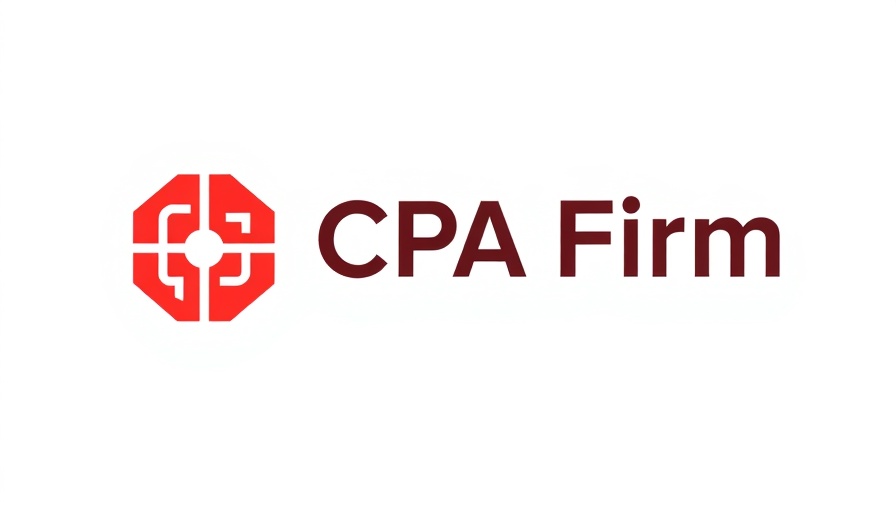
Understanding RMDs: What You Need to Know
Required Minimum Distributions (RMDs) can shake the financial foundation for many retirees. These mandatory withdrawals from traditional IRAs and 401(k)s can put unexpected stress on your budget, often increasing your taxable income and subjecting you to hidden taxes. However, with a thoughtful approach, you can sidestep some of these common pitfalls and even turn RMDs into a beneficial advantage. It's all about strategic planning!
Understanding the New RMD Rules
Starting recently, the age at which distributions need to commence has been updated, creating confusion among retirees. If you were born before 1951, you must start taking your distributions at age 72. However, if you were born between 1951 and 1959, that age shifts to 73, while individuals born in 1960 or later must begin at 75. Starting your RMD too late can have consequences: if you delay your first RMD, you might end up taking two distributions in the same year, which can elevate your tax bracket and increase your exposure to stealth taxes.
Leverage Your Multiple IRAs
If you’re fortunate to have multiple IRAs, there's room for flexibility. Each account has its own RMD calculation but you can aggregate these for withdrawals. For instance, say you have three different IRAs; you can calculate the RMDs separately and then choose to withdraw the total from one account. This affords you the chance to manage your portfolio better, adjust to financial needs, or even respond to market changes. Remember, carryover rules apply here: inherited IRAs and workplace plans such as 401(k)s require individual RMD calculations and cannot be bundled.
Exploring Charitable Giving Strategies
One of the most effective techniques for easing the tax burden associated with RMDs is through Qualified Charitable Distributions (QCDs). For those aged 70½ and older, gifting part or all of your RMD directly to charity can be a savvy move. Not only can this mitigate your taxable income, but it also satisfies your distribution requirements. This approach is often more beneficial than taking a distribution and then writing off the charitable giving separately.
Optimizing Account Structures
The tax landscape allows for direct trustee-to-trustee transfers, creating opportunities to reorganize your IRAs without incurring additional tax implications. This means it’s possible to consolidate or separate IRAs based on strategic financial planning goals, such as beneficiary layouts or varying investment strategies. If a Qualified Longevity Annuity Contract (QLAC) is delaying the beginning of your RMDs until age 85, you may want that in a separate IRA to simplify management.
Considering In-Kind Distributions
Asset liquidation isn’t the only route to fulfill your RMD obligations. Opting for in-kind distributions allows you to transfer securities from your IRA directly to a taxable account without needing to sell them first. This method protects your investment allocations intact and can be beneficial in cases where asset values are currently depressed. This way, you report the low value for tax purposes, while any future growth occurs at a diminished tax rate.
Planning for Distribution Timing and Amount
It's essential to remember that you have the entire year to take your RMDs, which means there's room for strategizing your withdrawals. Some retirees opt for monthly distributions for regular cash flow, while others may take a lump sum at a quieter time of year. Understanding your financial needs and tax situation will be key to determining the best withdrawal strategy for you.
Avoiding Common Pitfalls
Many retirees find themselves caught off guard when RMDs impact their overall financial health. Make it a priority to stay informed about the rules and changes concerning RMDs. Take control of your finances by staying proactive and planning effectively. Engage with financial advisors to tailor a status check on your distribution needs, while ensuring insurance needs and other retirement goals align alongside tax strategies.
Final Thoughts
As a retiree navigating the complexities of retirement funds and required minimum distributions, strategic planning becomes invaluable. The choices surrounding RMDs can set the tone for your financial stability in retirement. Consider leveraging charitable donation opportunities, optimizing your account structures, and making informed asset decisions to better manage your RMDs. With the proper strategies in hand, RMDs can indeed transform from mere financial burdens to platforms for opportunity. Start today by understanding more about your options and preparing for your future financial well-being.
 Add Row
Add Row  Add
Add 



Write A Comment